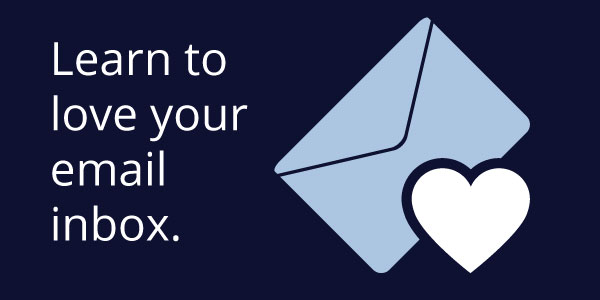
My best, current, and favourite email automation hack
If you’re like me you’re always trying to save more time with email automation and you’re always on the hunt for the best hacks and add-ons so you can do more work with less time and effort.
Well, here is one for any Gmail or Google Apps users that ties together your email and calendar. It’s called Boomerang For Gmail and it gives you a number of amazing email and calendar management features for your one to one communications.
If you use any email management systems or marketing automation systems that allow you to send, track, optimize email and calendar events then you probably understand the power of not having to manually follow up with every contact.
Boomerang For Gmail lets you perform the same type of automation but on a single point of communication. For instance, let’s say you want to send an important email to someone, well you would probably want to know if they opened it or clicked on it.
Depending on the settings you use it will pop up in your inbox to let you know what happened, or didn’t happen with the email. You can even set the date/time by which you want to be alerted about the status of that message.
A great use case scenario is when I’m emailing a customer that I’m responding to after they email me with a complaint. I can type in my response which usually has a link to book a follow up with me so I can ensure their needs get addressed.
With Boomerang I can then specify when I wanted to be notified or reminded about that message. If gets opened, clicked or replied to Boomerang will archive the message upon sending and then pop it back to the top of my inbox with an alert as to what did or didn’t happen either when it happened or if nothing happened.
It also allows you to insert your calendar availability into your message. I use this feature more than anything because when people want to book me for a meeting they always ask “let me know what works for you” well with one click I can insert my availability and say “here’s my schedule, let me know what works for you” thus putting the ball back in their court.
Additional, if they reply with a suggestion, Boomerang with highlight that meeting suggestion and with one click it will create the event, allow me to edit and then upon saving it sends the recipient a invite and even sends a reminder to them about the event first thing in the morning.
I also use this every day with hiring. Whenever I want to have a list of candidates I want to schedule on Friday for back to back interviews I send each of them a message with a dedicated time slot they can click to confirm and receive an invite and reminder.
This little app that costs $14.99/mo is replacing a person that would have to work at least part-time to help me manage my inbox and calendar.
I have to tell you, as a long time Product Manager I am in awe of how these guys simply nail it with the product time and time again. They have kept the tool basic, simple and though it has lots of features you learn about them at the right time and in context. It’s like they have ability to read your mind while you use the app. As you get to know it you’ll be like “oh, wow, yes I would like this email to do that..”
Here is a short list of the features I use regularly:
• Write an email and schedule it to go out later.
• Send out messages on a recurring schedule.
• Track opens, clicks, replies.
• Insert clickable date options in an email.
• Insert your availability.
• Send reminders to your appointment recipients the morning of the event.
There are many more features but these are the main email automation features I use pretty much every day.
If you have more ideas or other apps for hacking your inbox please but them in the comments below.


